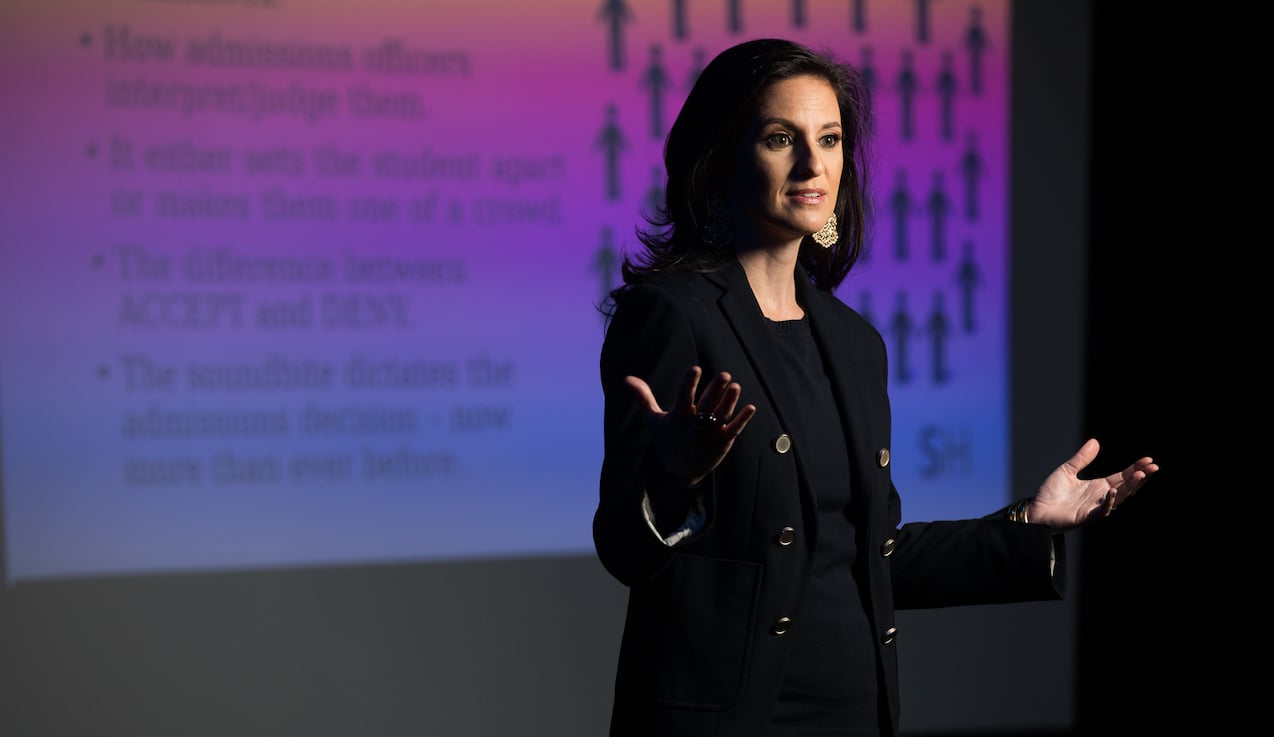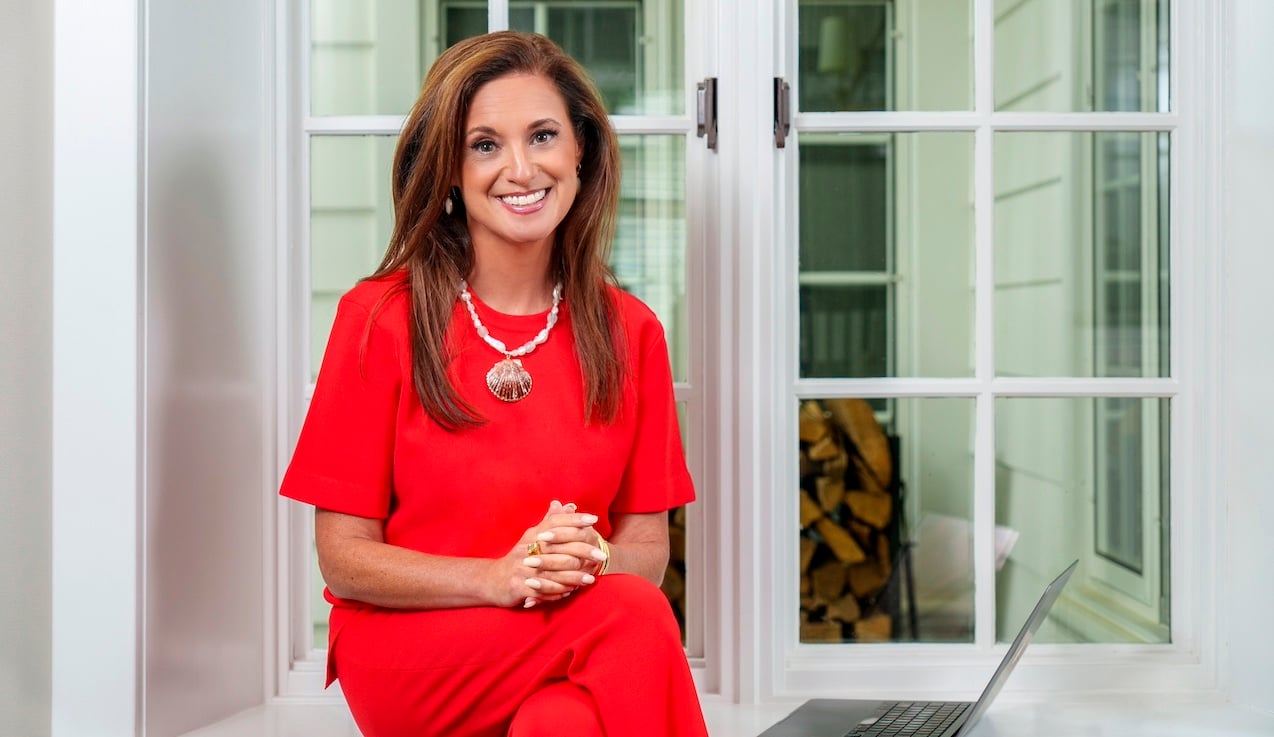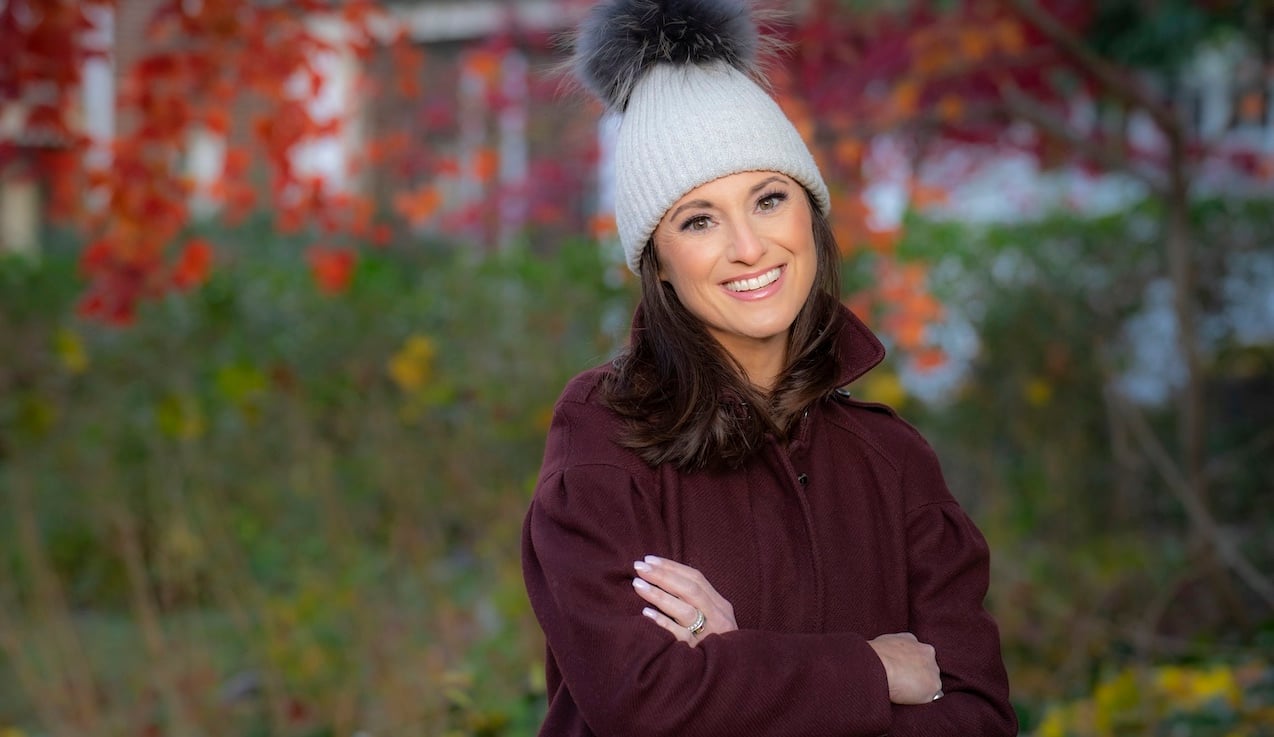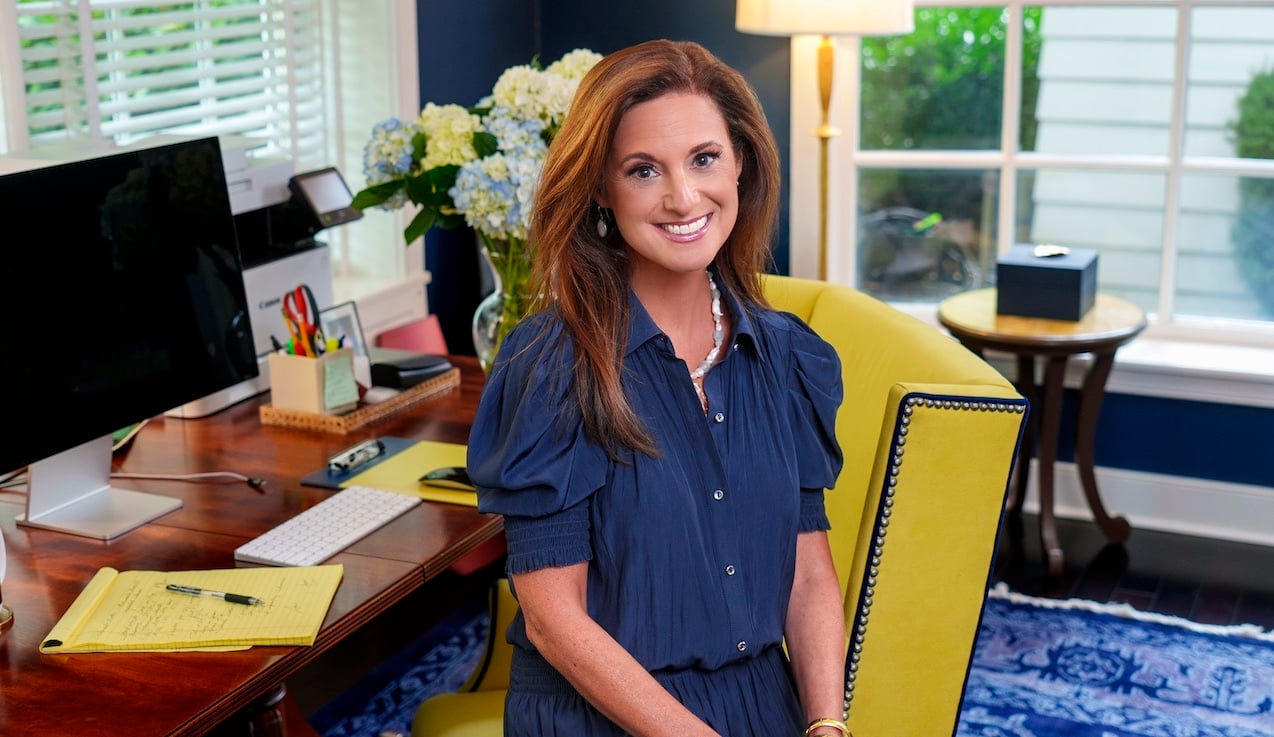Discrimination is the hot button topic defining current college admissions. Longstanding institutional preferences and biases are being questioned and legally challenged by groups chronically discriminated against in the process. Not surprisingly, the standard-bearers for the status quo are racing to the rescue to create a metric to justify and define the value and diversity of each college applicant.
From the moment that the College Board announced its new "adversity score," I have paid close attention to the public comments of the organization’s CEO, David Coleman. I have read every article that quotes him, read his opinion piece in The Atlantic, and watched his television interviews. I also followed the reaction of Marten Roorda, the CEO of the ACT.
I was struck that these leaders represent the old guard of the testing and admissions field: White, male, and pedigreed. I thought about how different the demographics are in 2019 compared to when these CEOs went to college. The leadership of these testing empires and admissions offices across the country simply don’t reflect this statistical evolution.
For all but one of the last 30 years, women have outnumbered men in the college-bound population. At the same time, there is longstanding criticism that standardized tests favor male students. Fairtest.org, the non-profit organization behind the test optional movement, reports performance differences between male and female test-takers in which male students routinely score higher on the SAT and ACT. Unfortunately, these gender gaps have been present for decades, yet nothing substantive has changed with these tests.
What's more, in the history of the College Board and the ACT, there has never been a female CEO. How could the SAT be in existence for 93 years and the ACT be around for 60 years without a woman leading either testing agency?
READ MORE: What I Plan To Tell My Daughter About Getting Into College
The sad part is that despite the fact that most colleges routinely receive more applications from females than males, many times acceptance rates are lower for young women than for young men. Yale University and Georgetown University, two of the institutions closely linked to the 2019 admissions scandal, have years of admissions data revealing that women have long been held to a higher standard than men. Similar to the College Board and the ACT, these institutions appear to have never had a female leader at the helm of their admissions offices apart from an acting dean at Yale for a short period of time.
When I worked at a small liberal arts college, I noticed the deep-rooted bias the moment I arrived as the dean of admissions. There were more applications from females and more females on-campus which made it tougher for them to get admitted. Institutions who want gender balance will make it an institutional priority to manipulate the admissions standards even if it means blatant gender discrimination in the process.
Bias, though, has no blind eye. It is truly laser-focused. The admissions leadership at elite colleges sculpts each incoming class through an inherently biased lens to fit their needs and their vision of “equality.” The vast majority of college admissions deans are guided by a modern day zeitgeist: shape, blend and deliver a class that looks right through a lens of tradition. They respect the old standards: not too many Asians, not too many Jews, balance the males to the females, and fearlessly adjust the bar to suit institutional interests.
"The vast majority of college admissions deans are guided by a modern day zeitgeist: shape, blend and deliver a class that looks right through a lens of tradition." TWEET THIS
The most blatant example of this is the ongoing federal case accusing Harvard University of racial discrimination against Asian Americans. While Asian American applicants comprise a large percentage of the applicant pools at every elite college in the country, there are very few Asian American deans of admission. Harvard’s Admissions Office has been led by the same white male for over 30 years. The admissions offices at the University of Pennsylvania, Stanford, MIT, Duke, and the University of Chicago are all led by white men as well.
Colleges and universities need to take a hard look at their admissions staff and applicant pools. The number of Asian American applicants has been on the rise for years, yet the admit rates for this group have been declining for just as many years. I am glad that Harvard was in a position to brag about the fact that in the most recent admissions cycle, Asian Americans comprise the largest percentage they have ever had. It took testifying in a federal courthouse for William Fitzsimmons, Harvard’s dean of admissions, to make this a priority. It is time for a new dean to emerge for Harvard and for so many colleges—one that reflects the composition of the applicant pool rather than the composition of the old dean’s graduating class at Harvard back in ‘67.
Need help navigating the college admissions process with your child?
Join Application Nation, a suite of private Facebook groups hosted by Sara Harberson.
The SAT arrived after women gained the right to vote. The ACT was developed two years after the Civil Rights Act of 1957 was passed. Despite many other signs of progress in the equity and equality movements, the test-taking industry and the admissions field still feels like it’s back in 1967 when Dean Fitzsimmons graduated from Harvard. If women apply to college at higher rates than men and the applicant pools are more diverse than ever before, the leadership of the testing agencies and the admissions offices need to evolve and change. When this occurs, an adversity score won’t be needed to contextualize a student’s SAT score because the arbiters will have felt the adversity firsthand.
I echo what David Coleman wrote so eloquently on FoxNews.com several weeks ago: “The beautiful promise of America is that everyone deserves a shot.” On that note, step aside, Mr. Coleman, and allow others to have their shot too.












